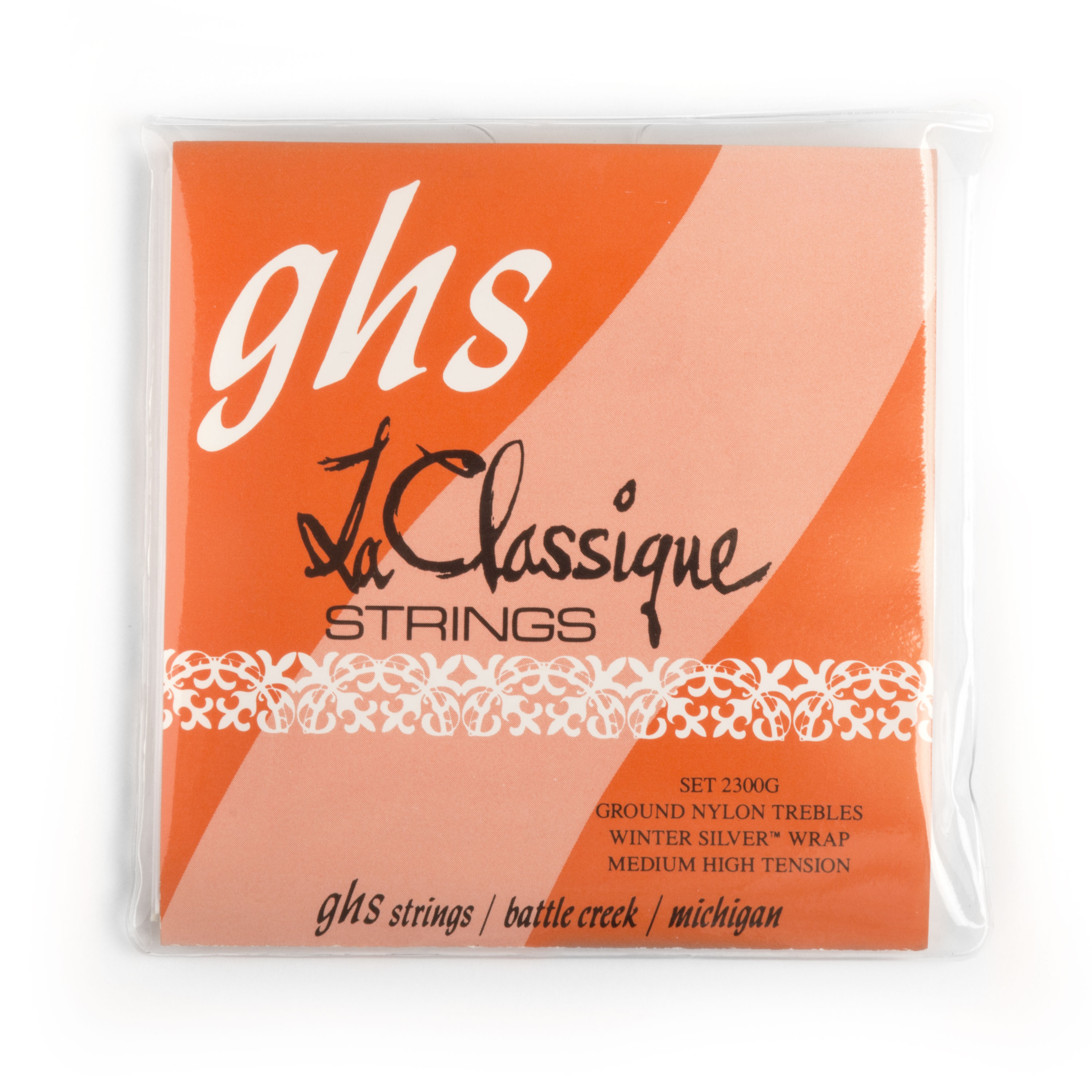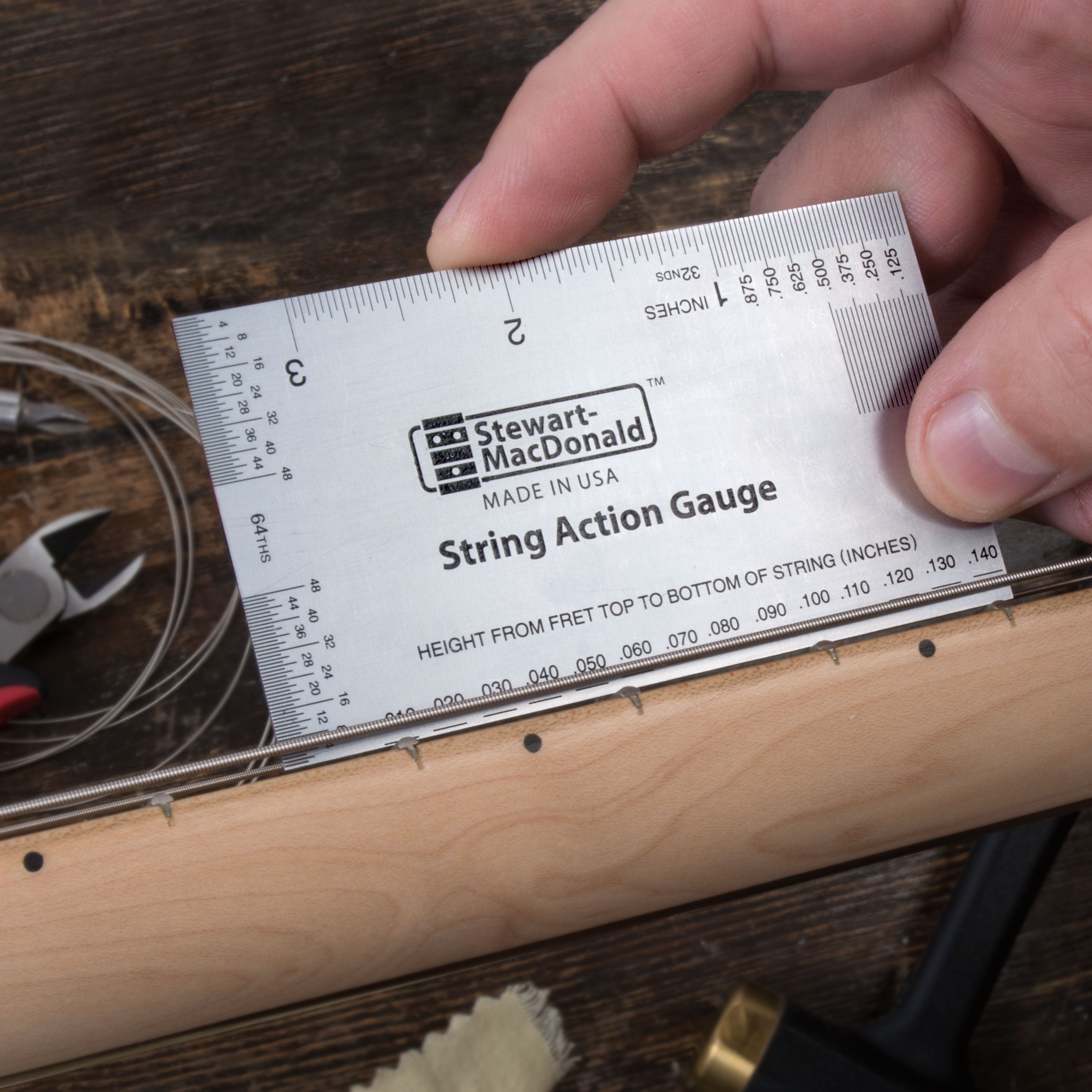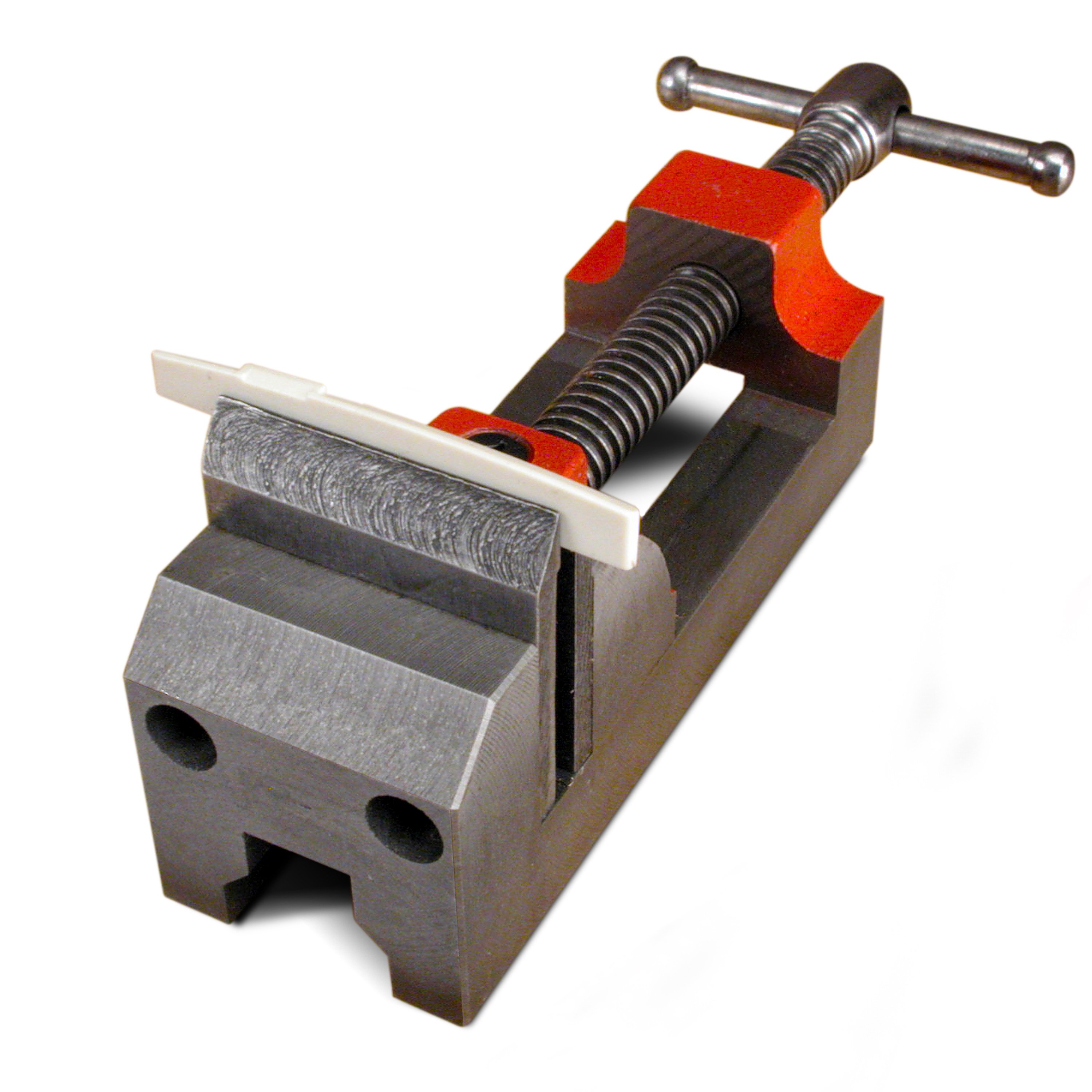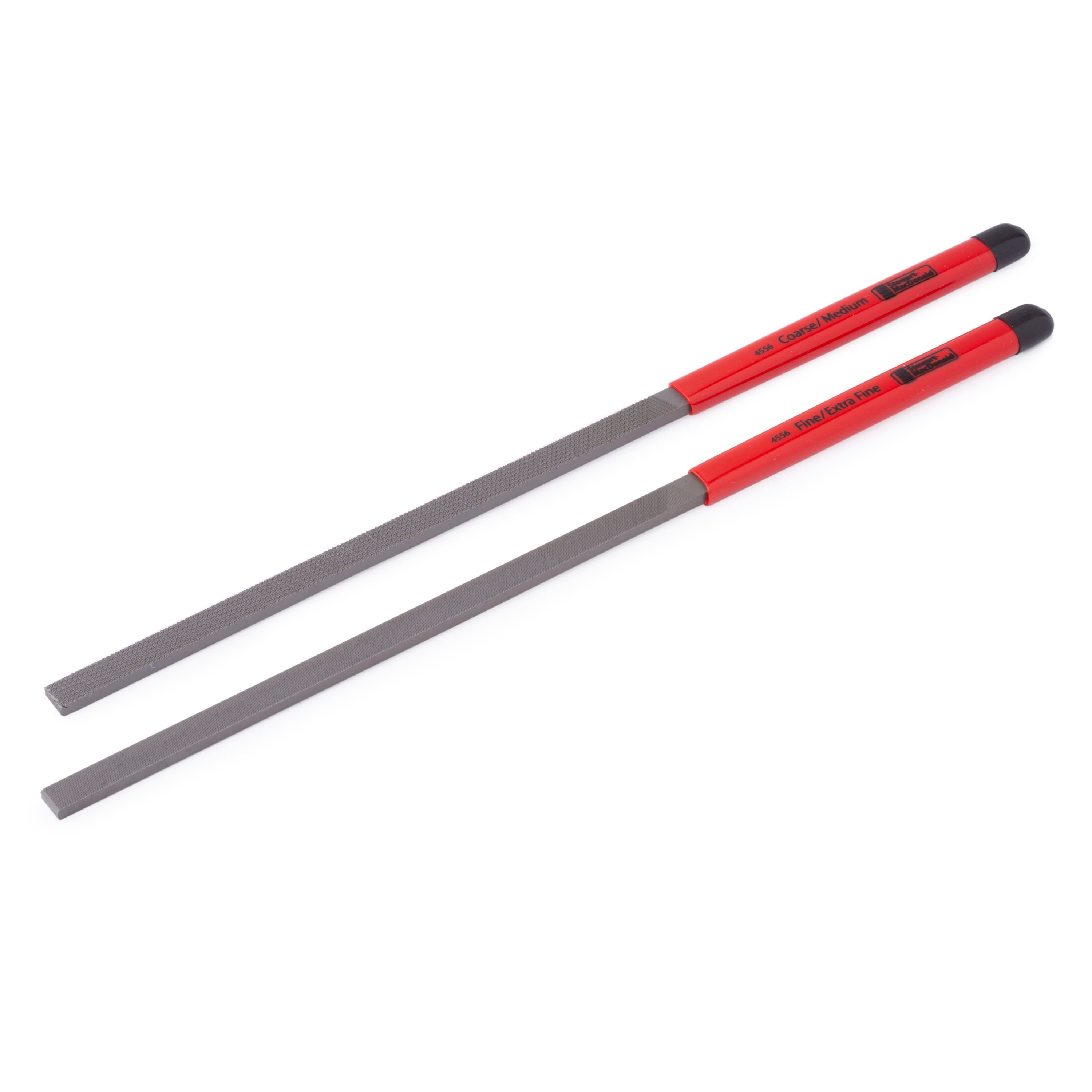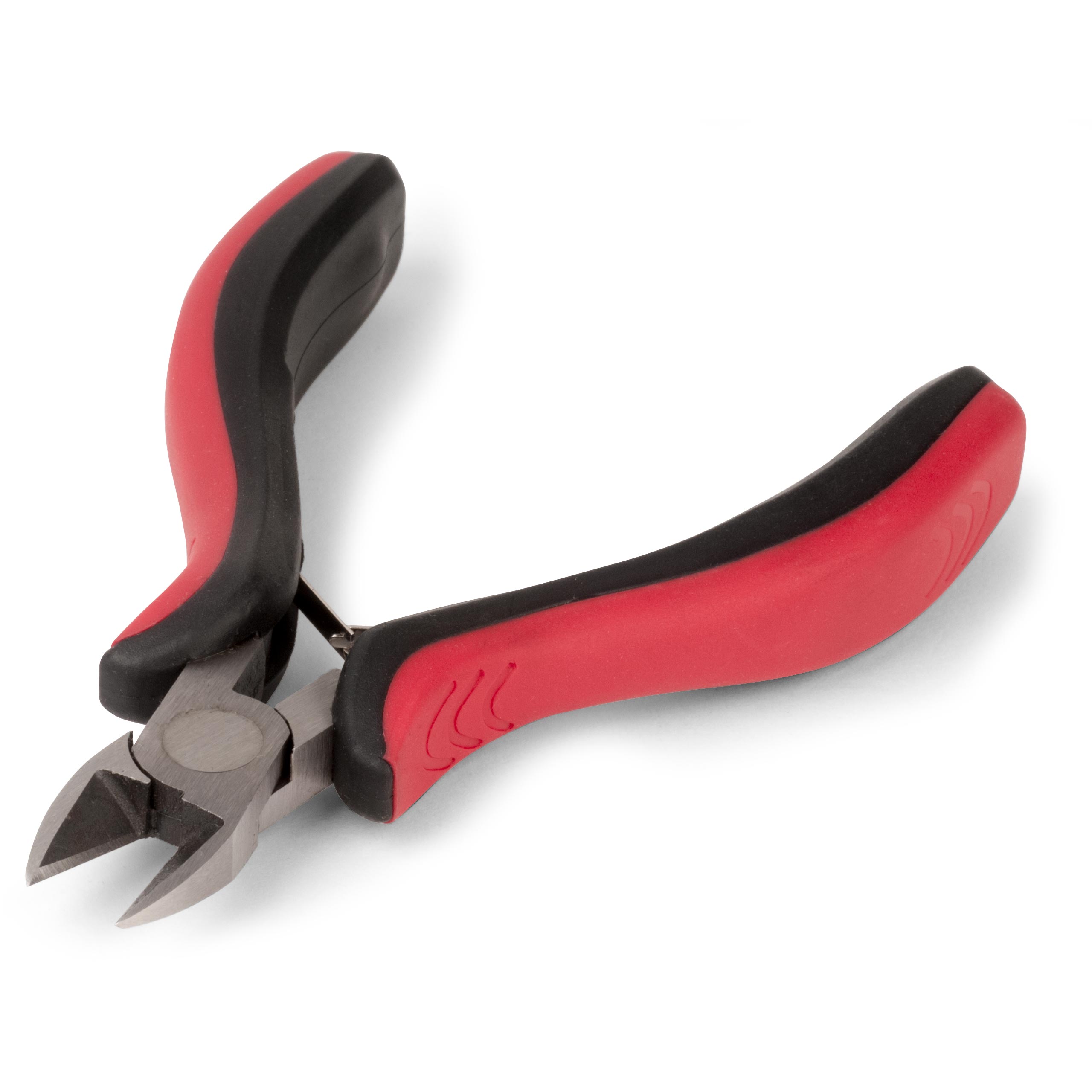How to install classical guitar strings
Issue 240 April 09, 2015
Learn the right way to install nylon strings so they don’t stretch for a month before you can start playing.
Brazilian luthier Rodrigo Gomes visits Dan Erlewine’s shop and sets up a classical guitar for Dan to start learning to play bossa nova.
About the guitar in this video: Dan loves this used classical guitar he found locally. It seems to be handmade in Mexico, and Dan wants to learn some new playing styles on it.
- String height specs for bossa nova
- Filing the bridge saddle to lower the action
- Tying on nylon classical strings at the bridge and tuning machines
- Bossa Nova thumb picking style
Video Transcription
[on-screen text reads: Stewart-MacDonald - Trade Secrets!
Dan Erlewine: I've been looking for a nylon string guitar for several years now [on-screen text reads: How To Install Clasical Strings] and I found one recently, it's used and I like it. It sounds good. I think it's probably from Mexico, maybe Paracho. It's definitely handmade. And I got interested in having a guitar like this four years ago when my friend, Rodrigo Gomes from Sao Paolo, Brazil visited. He's a luthier from Brazil and played such beautiful Bossa Nova, that I wanted to get a guitar like this. And just a week after I got this, Rod came back to visit and he's here now, and he's going to show me how to set this up right. And I'm curious how he goes about that and how he installs strings. I like this guitar so well that I put Sloane tuners on it [on-screen text reads: Sloane Classical Machines]. The Sloanes are great, because they have a ball bearing on each end of the roller. So there's no friction and it's just the smoothest tuning up or down to a note. It's what I want to do. How does it feel?
Rodrigo Gomes: I think it's a little high up here. I think I can set it up for you.
Dan Erlewine: What would you recommend over the first fret height?
Rodrigo Gomes: Normally, I use 0.6 millimeter for all strings [on-screen text reads: 1st fret: 0.6 MM 0.023"]. And right here, 2.75 or 50 [on-screen text reads: 12ft fret: 2.75 MM 0.108"]. It's a good action for this guitar.
Dan Erlewine: But you're going to set that up for me now?
Rodrigo Gomes: Yes.
Dan Erlewine: Good.
Rodrigo Gomes: That's right.
Dan Erlewine: When Rod took the strings off, he noticed that the saddle was too sharp. He's filing it down to lower the action and he's also ramping it to the front. When the saddle was done, Rod put on the strings and he has a good technique. The E, B and G strings each got three wraps. And then they're pulled down tight, so they hold themselves in place. The D, A and low E string being wound, each get one round and they hold themselves tight the same way from the tension. Here's what they looked like when he was all finished at the saddle. Next, he moves to the head. He puts each string down through the barrel, pulls it up around the top and loops it around itself and then through the hole before tightening it down and winding it up and trimming off the excess.
Before it's finished, Rod files the nut to lower the action to just the right level [on-screen text reads: Nut Slotting File] . When he finished [on-screen text reads: String Action Gauge], the action was about 0.6 millimeters at the nut and about 2.75 at the 12th fret. That's a setup for a classical guitar or a Bossa Nova guitar. I'm pretty excited to play this. Now the one question I have is, what is the basic right hand technique for that Bossa Nova rhythm?
Rodrigo Gomes: Basically, you need to use your thumb to play the E strings and B strings like this.
Dan Erlewine: Take it real slow. I got it. Mind you, I don't have it but I'll get it.


